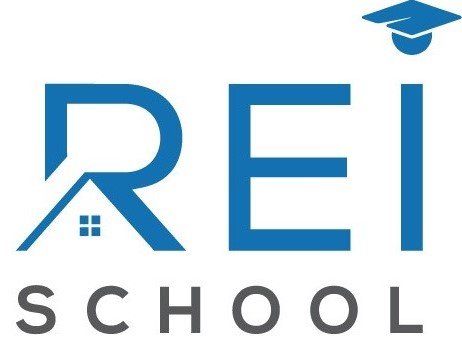November 3, 2025 | 3.5 Minute Read
Back in late September 2025, I discussed how I planned to tap into over $1 million in equity without refinancing our 30-year fixed loan — you can read that full strategy here: How I Plan to Tap $1M+ Equity Without Refinancing.

We’re now in the final stages of setting up that line of credit with a local bank, which should be available for use by December.
But this week, another major question came up:
Should we refinance our 20-property rental portfolio?
Current Situation
Here’s what we’re working with:
Portfolio value: $3.02 million
Equity: $1.25 million
Loan: 5/1 ARM at 4.5% rate
Time left: 18 months
So, why would I consider refinancing from 4.5% to 6.5% with only 18 months remaining?
The Economic Outlook
Let’s start with some good news.
According to Fannie Mae’s September 2025 Economic and Housing Outlook, mortgage rates are forecasted to end 2025 at 6.4% and fall to 5.9% in 2026.
Logically, we could just wait another year for those lower rates. That would seem like the prudent move—if economic conditions remain stable. But that’s still uncertain.
Analysts remain divided on where the economy is heading in 2026. Some see only a 15% chance of recession, while others—like a SIFMA survey—show 70% of economists estimating the odds between 30% and 50%.
Meanwhile, refinance demand has surged 81% year-over-year (as of October 17, 2025), per the Mortgage Bankers Association. This spike came after mortgage rates dropped to their lowest level in nearly a year.
You might think that would benefit homebuyers—but that’s not necessarily the case.
Prices, Not Rates
I discussed this earlier in my August article: It’s Not a Mortgage Rate Problem. It’s a Price Problem.
Here’s the data for Birmingham, AL (Jefferson County):
In 2024, there were 2,324 cash sales and 1,570 canceled listings.
In 2025, cash sales dropped to 1,726, with 1,268 cancellations — a 26% decline in cash purchases but also 27% fewer cancellations.
What’s going on?
My view: investors are pulling back, but since listings are sitting longer, sellers are adjusting expectations rather than pulling listings. High prices, economic uncertainty, and reduced inventory are all contributing to slower homebuyer activity.
On The Local Level
In Birmingham, the market slowdown is even clearer.
Properties now sit on the market 75–90+ days.
Price cuts are common, especially in the sub-$250K market where we operate.
Equity erosion is becoming visible as investors discount properties to move inventory affecting the values of other investors wanting to sell or refinance existing inventory.
The Decision Point
So, what does this all mean?
I can stay put for another year and hope for better rates—but my main motivation isn’t just a lower interest rate.
It’s locking in today’s property values and tapping into $1.25 million in equity before the market softens further.
Let’s break down the numbers with three options for us to consider.
Current Loan (4.5% Rate)
Mortgage: $1,789,506.12
PITI Payment: $14,809.76
Gross Rents: $26,172
Net Rent: $11,362.24
Refinance in 2025 (6.5% Rate)
Value: $3,020,000
Loan: $2,250,000
PITI Payment: $17,649.67
Gross Rents: $26,172
Net Rent: $8,522.33
→ Monthly cash flow decrease: $2,839.91
→ Cash-out: $495,493.88
Refinance in 2026 (6% Rate)
Value: $3,020,000
Loan: $2,250,000
PITI Payment: $16,913.15
Gross Rents: $26,172
Net Rent: $9,258.85
→ Cash flow improvement: $736.52/month over 6.5% rate
What If Values Drop 10% by 2026?
If property values decline to 10%, here’s what happens:
- Value: $2,718,000
Loan: $2,038,500
PITI Payment: $15,555.17
Gross Rents: $26,172
Net Rent: $10,616.83
While cash flow stays close to current levels (only $745.41 less), the cash-out drops to $268,993.88. That is a loss of 46% or $226,500 we would not be able to obtain.
The Case for Refinancing Now
By refinancing now, we can access nearly $500,000 tax-free—funds that can be used strategically:
Recapitalize the business by repaying maintenance costs and covering outstanding renovations.
Leverage these funds to open additional bank lines of credit—potentially up to $2 million—to acquire more properties.
That’s why, despite a higher rate, the time has come to refinance this portfolio.
Locking in equity today protects against future value drops and sets us up for long-term growth.
Final Thoughts
Do you agree? What’s your situation? If you’re facing a similar scenario and need help analyzing or refinancing your properties, reach out to the guru@rei.school or visit www.reibrokers.com for more information.
